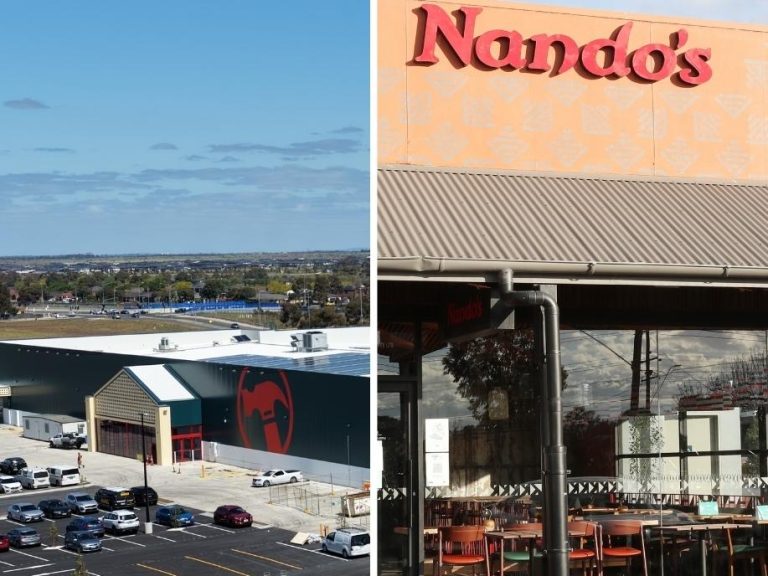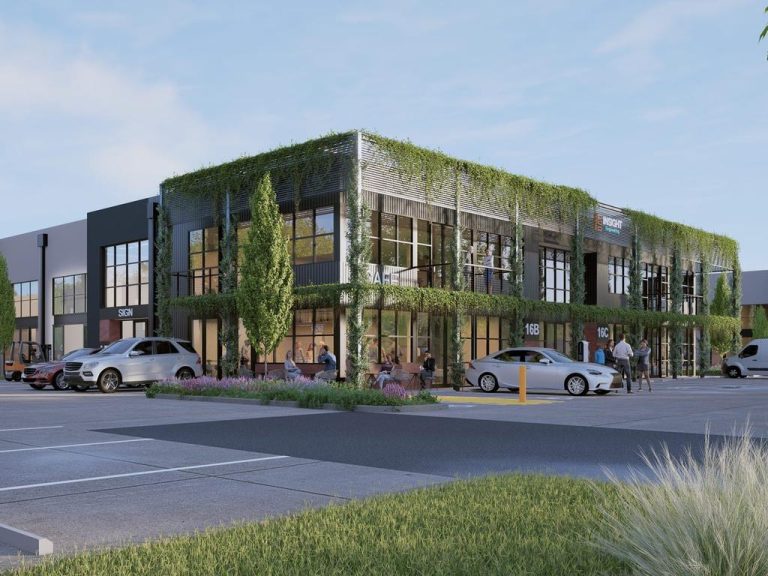Hard times for builders but recovery on horizon as rates steady
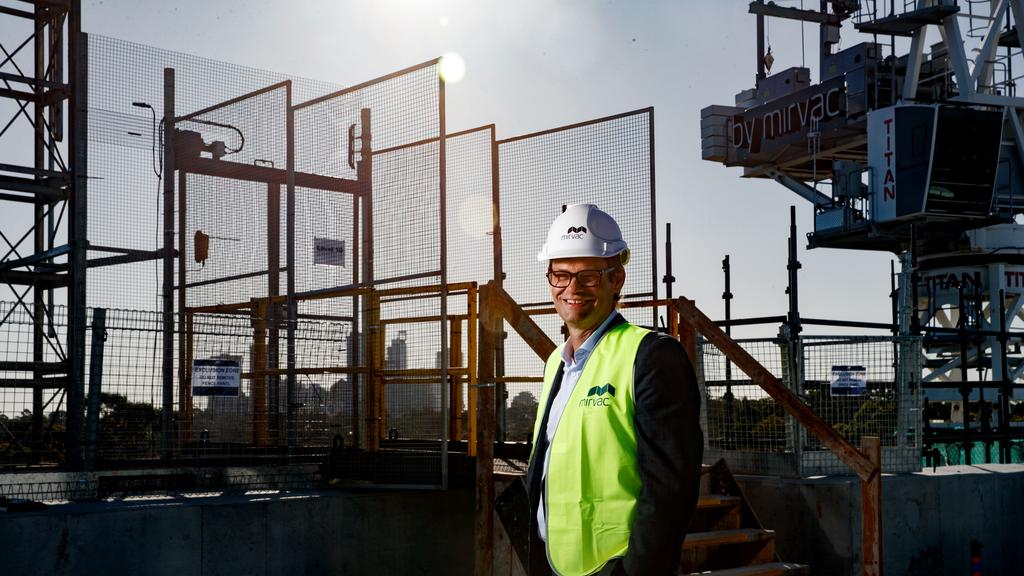
Mirvac boss Campbell Hanan. Picture: Nikki Short/NCA NewsWire
Major listed developers and property companies are bracing for short-term pain as interest rate hikes hit residential lot sales and keep builders under pressure, but they say a recovery is on the horizon after delivering their results.
A coming recovery in demand for housing was one of the strongest themes that emerged from the reporting season after a tough period over the last financial year, with sales sluggish right up to the end of June.
Home sales fell across the board over the past 12 months following the Reserve Bank decision to raise rates a dozen times since May 2022.
But while consumer sentiment has been dented and borrowing capacities slashed, an acute shortage of homes and underlying demand has the industry well-positioned to ride out this uncomfortable period, leading figures say.
Perth-based developer Cedar Woods delivered a $31.6m profit over the financial year. Managing director Nathan Blackburne said there were signs of stabilisation in construction costs and a return of confidence among buyers.
“There were quite a lot of forecasters six or 12 months ago talking about quite significant drops in sales volumes and sale prices,” Mr Blackburne said.
“But those within the industry never really subscribed to that view because we all saw the demand that is building for new housing in this country, with the immigration, the students returning and such, and so few new developments being launched to meet that demand.”
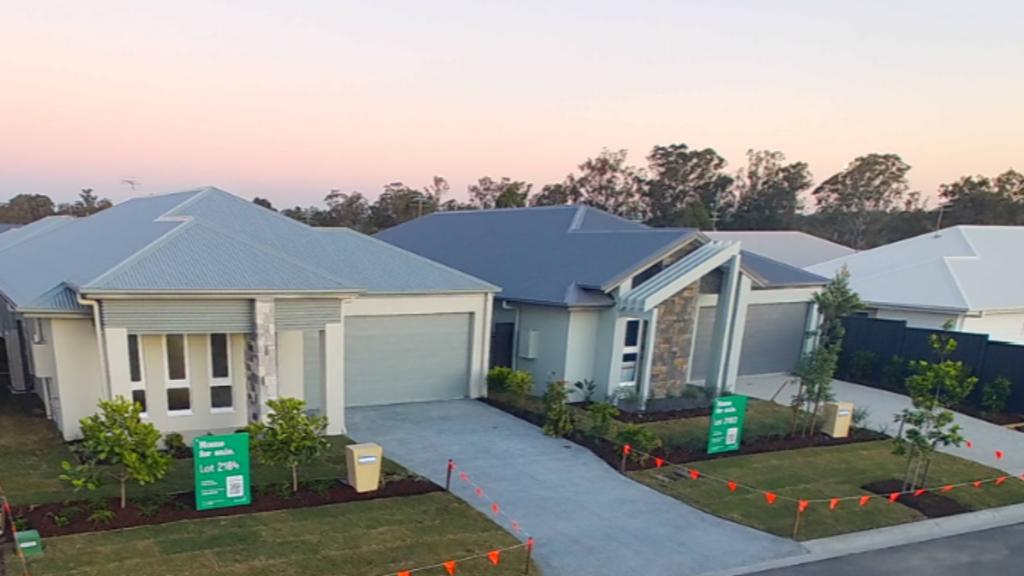
AVJennings’s homes at Riverton, which were selling from $685,500. Picture: Supplied
As listed companies reported their results for the past 12 months, economists have begun to call the top of the interest rate cycle, with cuts to the cash rate being factored into next year’s forecasts.
At the same time, the Housing Industry Association’s latest New Home Sales report warns that weak sales, combined with an elevated number of cancellations, have reinforced its view that the country will see a decade-low level of home building next year.
Housing developer AVJennings reported a 72 per cent lift in profit before tax to $31m on the back of revenues of $274m. But looking forward, the number of new contracts signed over the financial year slipped to 348 homes, representing $155m in value, down from the previous year, when 853 sales were made, totalling $305m.
The company said there was a shift in customer demand away from land towards built-form housing, which it sees as an opportunity as the sector recovers.
“The medium-term outlook for the housing sector remains positive, supported by a growing structural imbalance between population growth, driven mainly by immigration, and significant supply shortfalls across the residential market,” the company said.
It cited the supply shortfall – due to disconnected planning regimes across the country and of a lack of suitably serviced zoned land, – which is forecast to hit about 175,000 homes by 2027. Low unemployment is also expected to support demand.
“While green shoots of customer demand are appearing, particularly for built-form housing, market conditions are expected to remain subdued in the short term until consumer confidence, and the ability to procure finance, improves off the back of interest rates stabilisation,” AVJennings said.
Peet CEO Brendan Gore said he had not seen market fundamentals this strong before, with the industry moving to a growth position once it worked through current challenges, such as construction costs and labour shortages.
“What’s happened is that these issues have always been there for a long time, and as a result of Covid and the stimulus and everything else, it’s brought all those issues to the surface all at once,” Mr Gore said.
“The ability of the sector and government to deal with it is a massive challenge,” he said. “Now you’ve got rising rates and an increased cost of living, which has thrown a significant affordability issue on top of that.
“You can look through the cycle and have confidence that clearly there are some short-term challenges to navigate, which we’re well-placed to do, but it gives me confidence looking through the current cycle.”
The Perth-based land developer said it was taking a “cautious approach” this financial year.
Townhouses are becoming an increasingly popular segment of the market for developers, particularly as first-home buyers are most challenged by affordability.
But any unsold turnkey stock is selling quickly in the under-supplied market. People need to move in quickly,” Mr Gore said. “Owner-occupiers, downsizers or investors, anything that can have a roof on it and can house someone, it will go.”
It wasn’t good news across the board, with wet weather, inflation and labour shortages the key complaints from developers.
Mirvac said a renewed focus on housing supply and planning regimes following the national cabinet housing package might help to buoy the company after CEO Campbell Hanan called for higher-density development in Australian cities.
“Certainly, when we look at the affordability of an apartment relative to a house, we think that’s going to change the nature of how people think about apartment living,” Mr Hanan said.
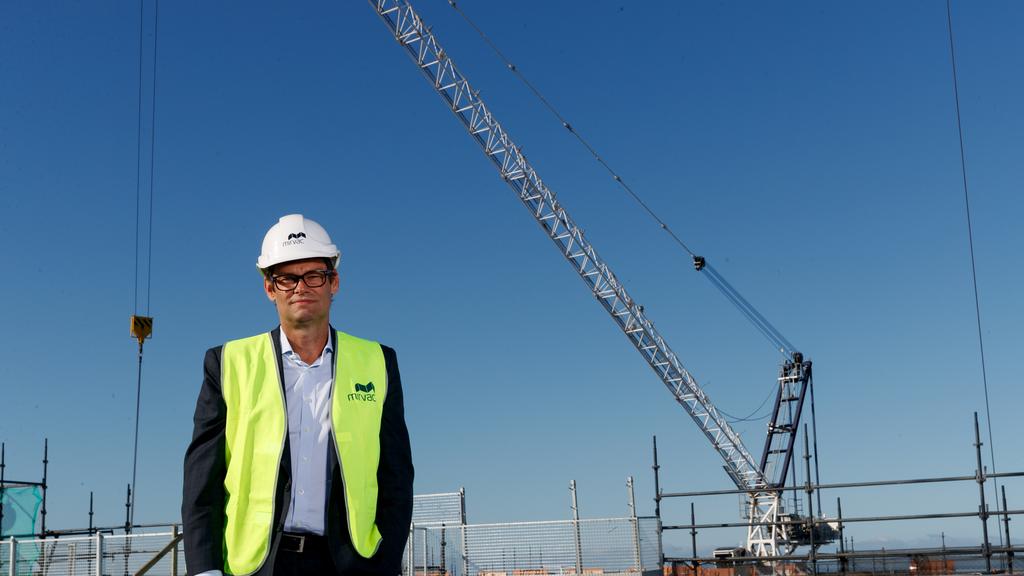
Mirvac boss Campbell Hanan at the group’s Willoughby development NINE in Sydney. Picture: Nikki Short/NCA NewsWire
Home builder Tamawood, parent company of Dixon Homes, recently recorded a near 27 per cent drop in annual profit after tax of $2.1m.
In a letter to investors, chairman Robert Lynch partly blamed the previous government’s HomeBuilder Covid-19 era stimulus package for some of the industry’s challenges, as it “created massive demand for housing in an already buoyant market”.
Mr Lynch said the next 12 months were likely to be more subdued across the industry and noted there had been an extensive drop in sales in greenfield developments, although the company operates in different areas.
“The outlook for the industry as a whole over the next 12 months would seem to be fairly subdued, with a fall-off in sales evident due to interest rate hikes and increased prices,” Mr Lynch said, but this was subject to “the RBA’s ability to avoid a recession”.
“Further, constraints may occur from lack of land deliveries by major developers. Also, our experience is that one or more insolvencies by one of the major residential builders normally has a negative impact on the entire industry,” he added.
Melbourne-based home builder Simonds fell to a $23.3m loss last financial year, but is hopeful of a longer-term turnaround.
Chief executive Rhett Simonds said that the higher interest rate environment and cost of living pressure would continue to affect residential customers in the near term.
Mr Simonds also revealed a lucrative new revenue stream had emerged from the current construction crisis, with the business swooping in to complete projects abandoned by collapsed competitors.
And there is hope after the tough period. “Build times and productivity continue to improve as the supply chain challenges ease and industry moves past peak construction,” he said.
The country’s largest listed residential developer, Stockland, is looking to skew its portfolio towards affordable dwellings as it angles for recovery, with CEO Tarun Gupta saying the economy is slowing.
Mr Gupta said demand for housing remained, but “affordability is causing volume to be at cyclical lows at the moment”. He called out interest rates and borrower finance as the big challenges.
“Demand is there, inquiries are there, but conversions are low because people are finding it hard to stack up the numbers.”

